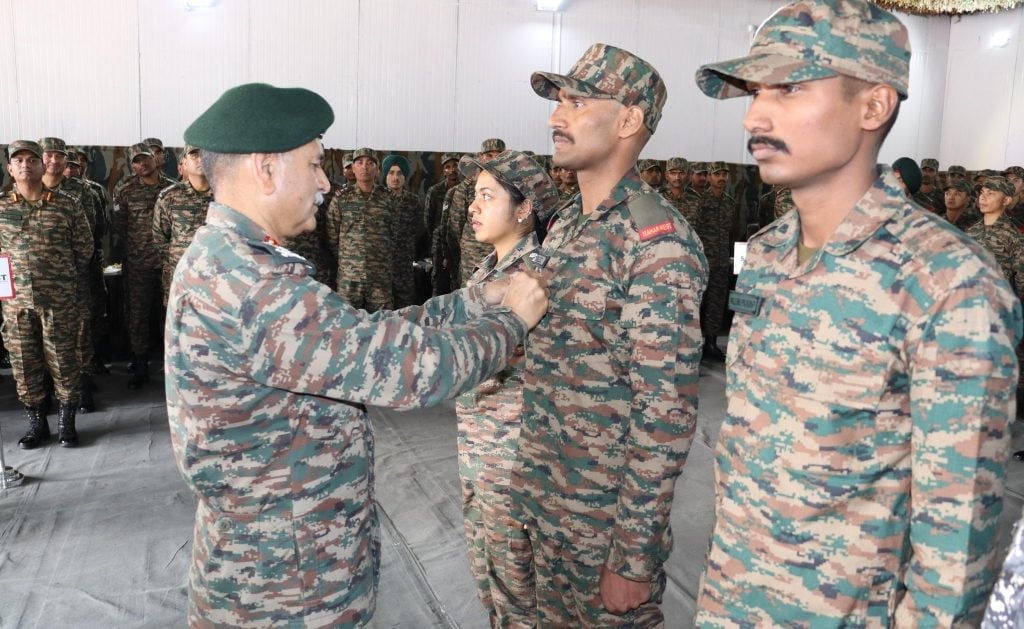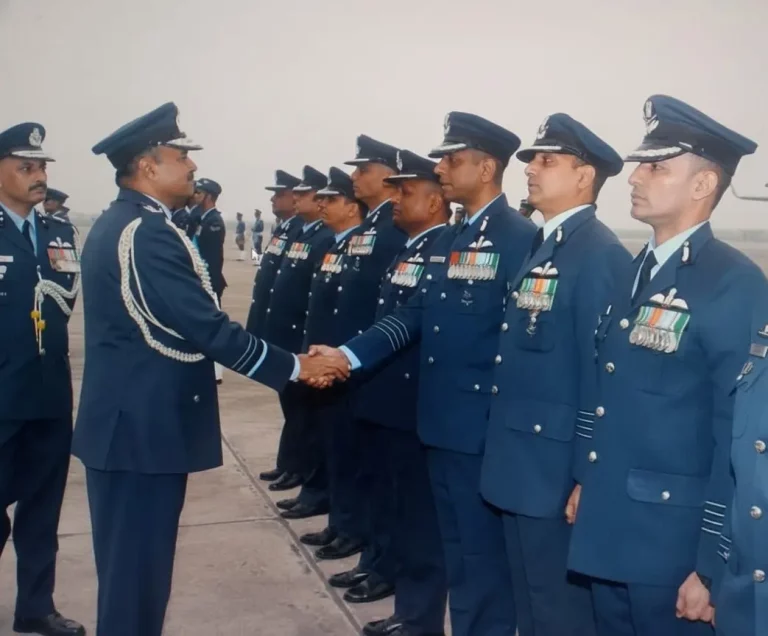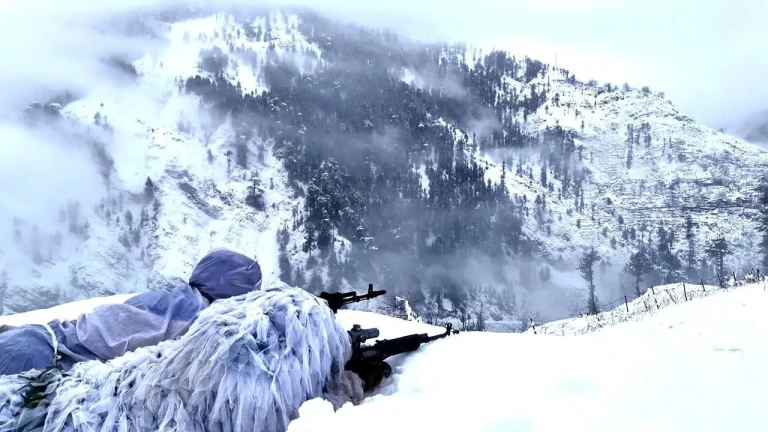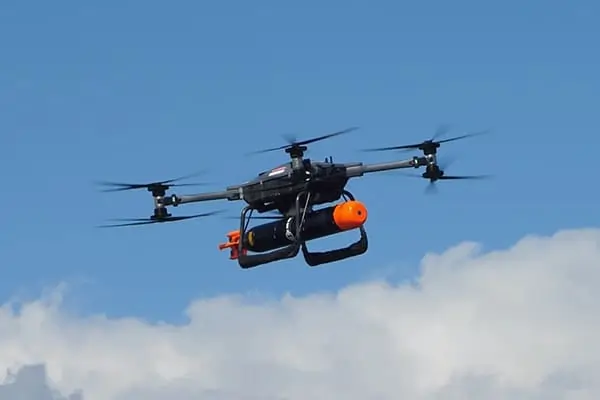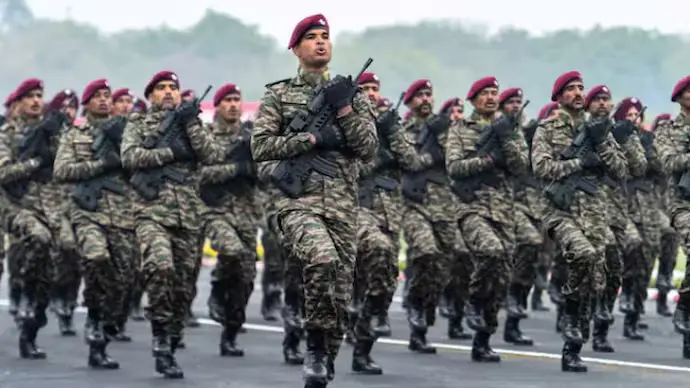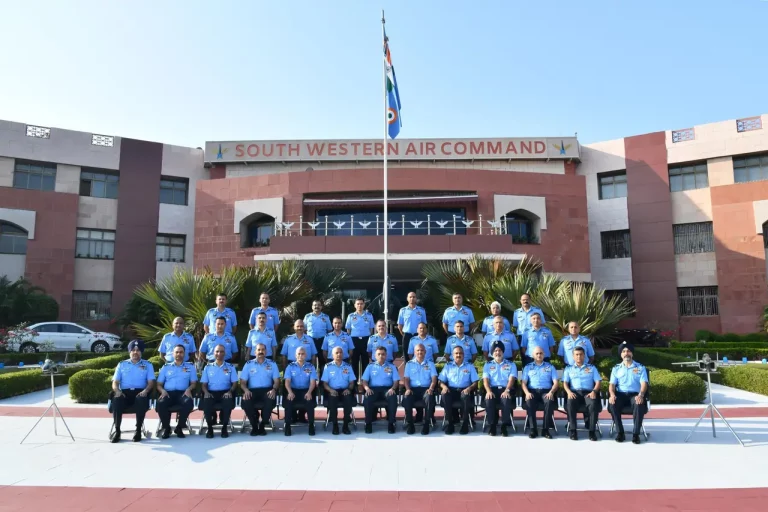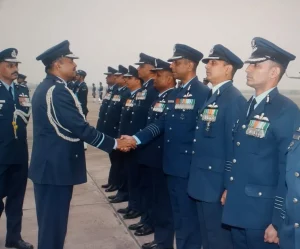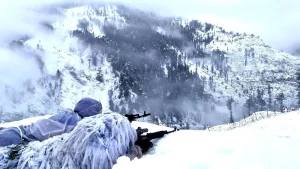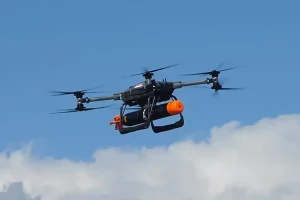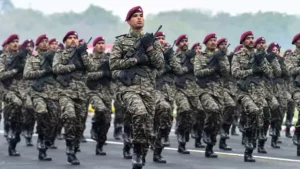In a significant visit aimed at assessing military readiness, Chief of Army Staff General Upendra Dwivedi toured the headquarters of the Fire and Fury Corps and the Siachen Brigade in Ladakh. This visit comes in light of heightened tensions along India’s northern borders with China and Pakistan, particularly following a recent terror attack in Pahalgam, Jammu and Kashmir, which claimed the lives of 26 civilians.
The tragic incident, attributed to militants aiming to target tourists, has prompted a surge in security measures and military preparedness throughout the region. General Dwivedi’s inspection serves as a timely reminder of the need for vigilance in the face of evolving threats.
During his visit, General Dwivedi met with troops stationed in the challenging terrains of Kargil-Leh and the Siachen Glacier. He praised the soldiers for their remarkable professionalism, courage, and endurance while operating under extreme high-altitude conditions. The General underscored the imperative of remaining alert, highlighting the importance of being technologically equipped given the hostile operational environment these forces face.
In line with a national drive for modernization and self-reliance—termed Atmanirbhar Bharat—General Dwivedi called for the swift adoption of advanced technologies within the armed forces. This push is not just about keeping pace with modern warfare but also plays an essential role in ensuring that the Indian Army remains combat-ready and focused on the future.
The Fire and Fury Corps, historically significant for its proximity to the Line of Actual Control (LAC) and its prominent role during the 1999 Kargil War, is integral to safeguarding Indian national interests in the strategically vital region of Ladakh. General Dwivedi’s visit underscores the Army’s dedication to adapting to current geopolitical challenges while maintaining a strong defensive strategy against cross-border threats. This proactive engagement is critical as the region faces ongoing complexities and uncertainties.
